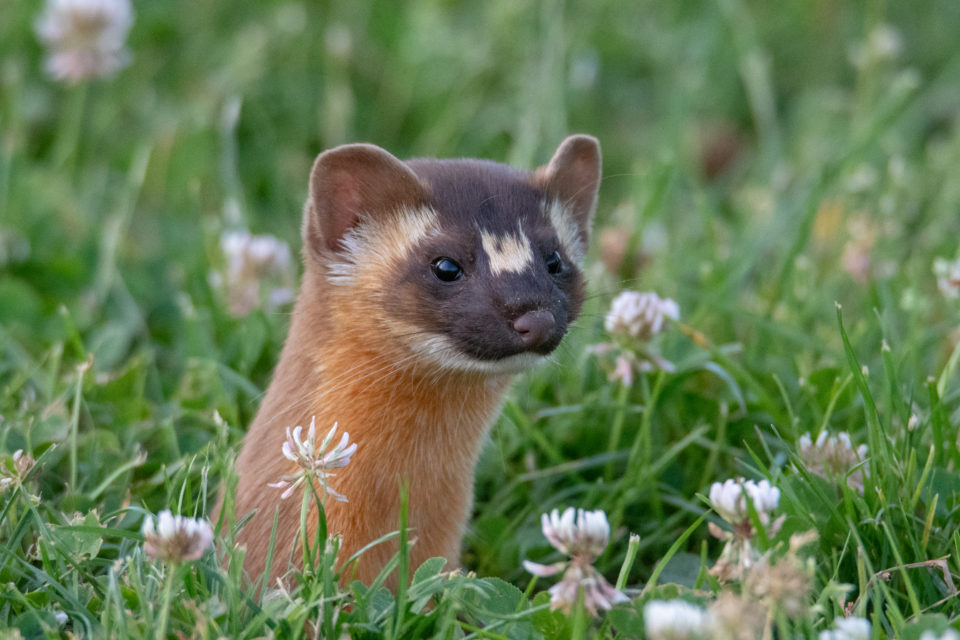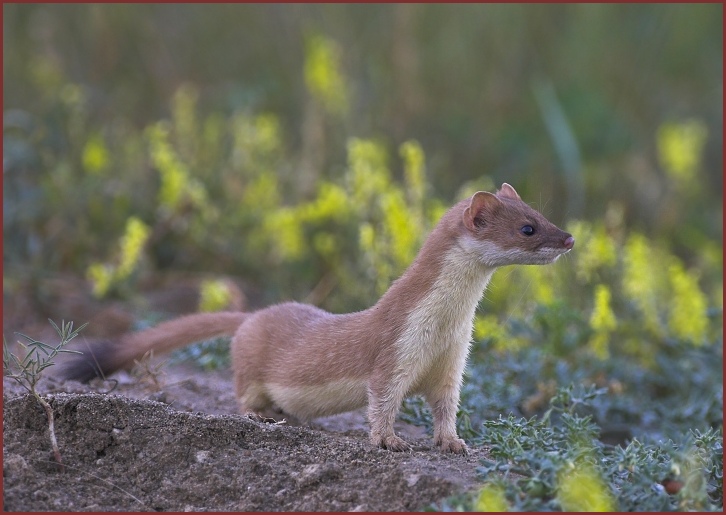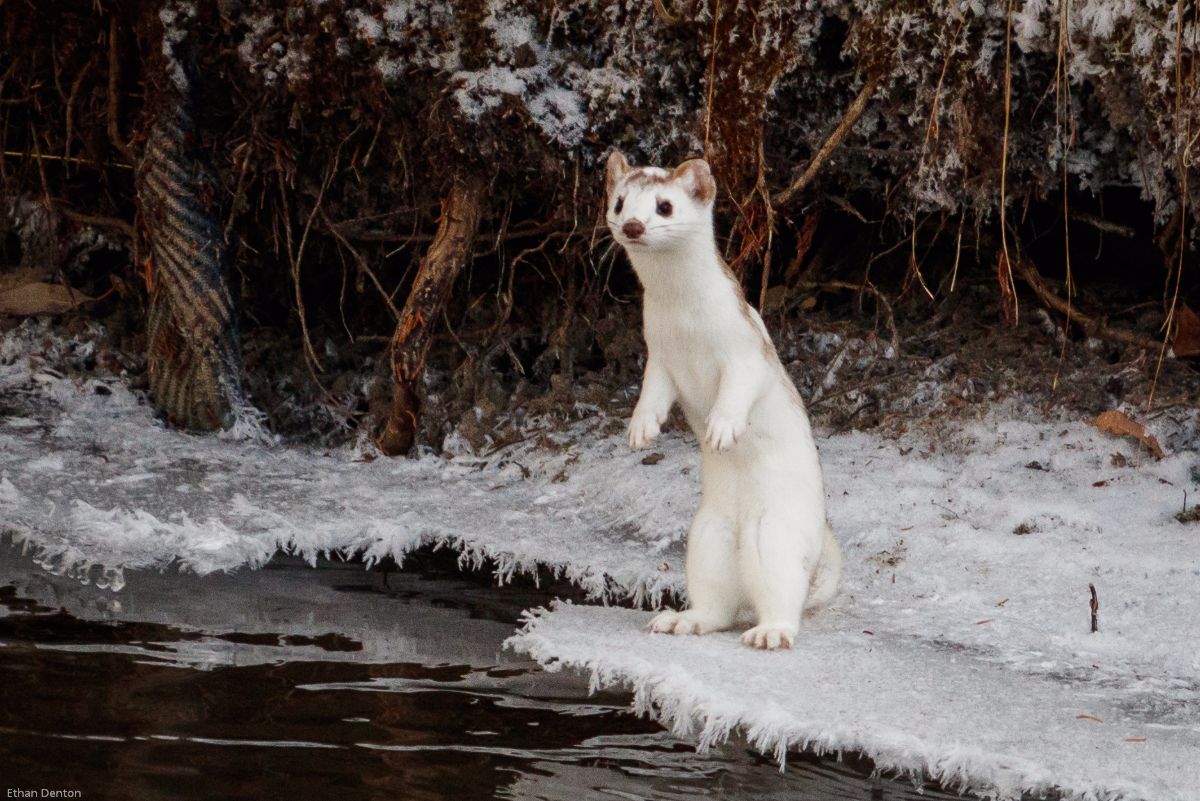
These weasels have to avoid coming face- to-face with coyotes, foxes, bobcats, Canadian lynx, eagles, some owl species, and then, of course, their larger cousins such as badgers, wolverines, and fishers. Another great rule to remember when observing wildlife in their natural environment is if you are not the biggest predator, then you are not the only predator. The second, and the most often over-looked reason, is camouflage from predators. Having to capture every meal they eat, predators need every advantage they can get. The first and most obvious reason is to camouflage from potential prey. Molting takes place for two major reasons. “Molt? I thought only birds molted?” Although they are not completely wrong as every bird species on the planet does undergo some sort of molt at some point in their life (most birds molt yearly and biannually much like our featured creature), there are many other species around the world that undergo a molt as well. Why do they molt? When do they molt? And even more curiously, how do they molt?Īs a tour guide in RMNP, clients are often surprised to learn that long-tailed weasels molt. In winter, their whole body turns a brilliant pure white color, excluding their beady eyes and their black-tipped tail. Their eyes are jet black and face forward on the top of the head. The underbelly is either white or a slight yellow creme color from the chin to the inguinal region. In the summer months, they are brown from nose to about the first 80 percent of their tails along the dorsal line of the body. Throughout Colorado long-tail weasels experience a biannual molt, the changing of their fur color, twice a year. “Eyes in front, you're meant to hunt eyes on the side, you're meant to hide.” This helps you determine that the long-tailed weasel is in fact a predatory species. If you remember this little rhyme, it will help you to decipher whether the species you are looking at is a predator or prey. Females are slightly smaller coming in at 30.5 in. They can also weigh as much as nine ounces. Males can measure up to 38 inches from the tip of the nose to the tip of the tail. This means the males are either larger or more colorful than the females (males are larger in this case). They are one of many mammalian species that exhibit sexual dimorphism. Out of the three, the long-tailed weasel is the largest and the most abundant in the United States. Both the long-tailed and the short-tailed weasels call this state home, and both are abundant in Rocky Mountain National Park.

Colorado has two of the three species with established populations. Now, before I get too far into their mysterious lifestyle, I think it would be best for me to tell you exactly what a long-tailed weasel is and what makes them so unique!Īlthough there are many mammals around the world that belong to the Mustelidae family, there are only three recognized weasel species in North America: the long-tailed weasel, the short-tailed weasel, and the least weasel. Like all members of this family, the long-tailed weasel ( Mustela frenata) lives a speedy life.

Mustelidae are a family of carnivorous weasels including otters, ferrets, badgers, wolverines, martens, fishers, ermines and mink. The Latin species name frenata means “bridled” and refers to the facial mask the species has in some areas.In the wonderful, wild, and at many times, whimsical world of the weasel, life is only lived in the fast lane. Interesting Fact: The long-tailed weasel has the largest distribution of any mustelid in the Western Hemisphere-from southern Canada all the way to Bolivia, South America. The tails of both species have black tips.

Similar Species: Short-tailed weasels are slightly smaller, have a shorter tail and white feet and a white belly. Long-tailed Weasel (Mustela frenata):Ĭolor: Brown with yellow-white feet and belly long tail with black tip. Photo by Forest Service remote camera, Church Creek area.


 0 kommentar(er)
0 kommentar(er)
